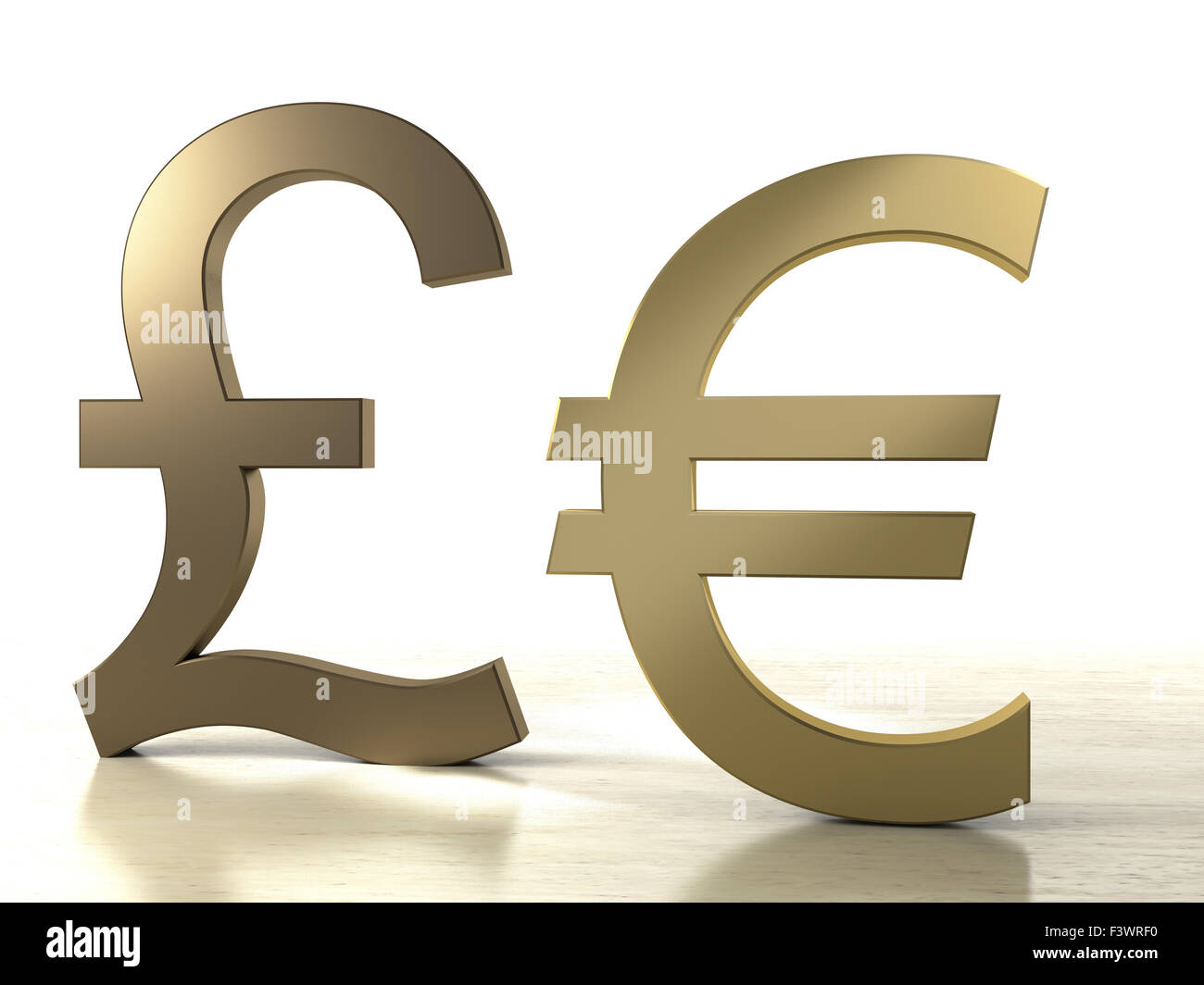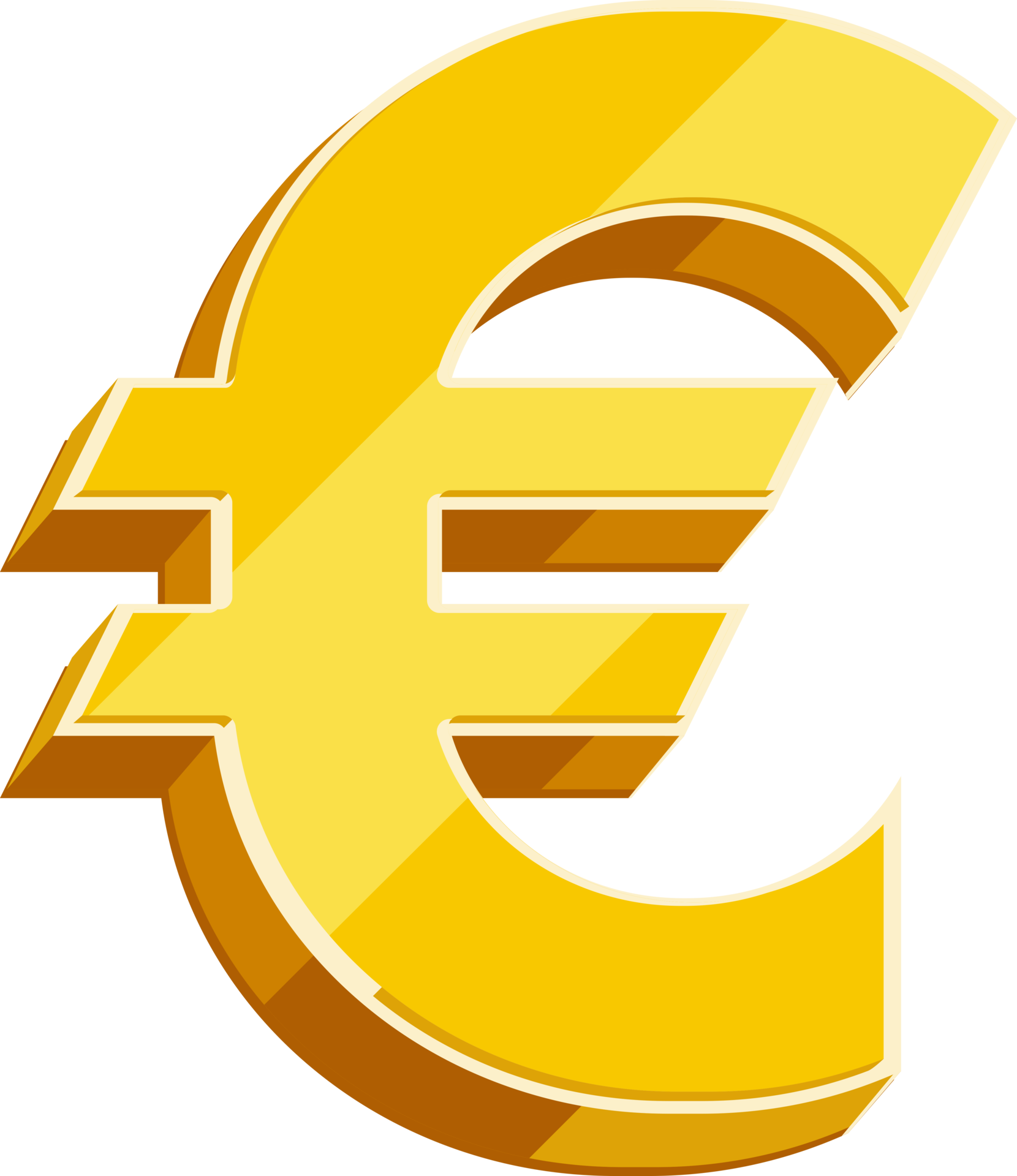Have you ever wondered what the sign for euros is and why it looks the way it does? If you're diving into the world of international finance or planning a trip to Europe, understanding the euro symbol is essential. The euro has become more than just a currency—it's a symbol of unity and progress for the European Union. So, let's break it down together and uncover the fascinating story behind this iconic sign.
Imagine walking through the streets of Paris or sipping coffee in Rome. Everywhere you look, prices are displayed with a sleek and modern symbol: €. But what does it mean? How did it come to be? And why is it so important? This article will answer all your questions and give you a deeper understanding of the euro's significance in today's global economy.
From its creation to its widespread adoption, the euro has transformed the way people think about money. Whether you're a traveler, a business owner, or simply someone who loves learning about world currencies, this article will provide you with valuable insights. Let's dive in!
Read also:Inflatable Pool Bars The Ultimate Summer Upgrade For Your Backyard
Understanding the Basics: What is the Sign for Euros?
The euro sign, represented by €, is one of the most recognizable symbols in the financial world. But what exactly does it represent? At its core, the euro is the official currency of 20 out of 27 European Union member states, commonly referred to as the Eurozone. The symbol itself was designed to reflect the stability and strength of the EU while paying homage to ancient Greek culture.
Think of the euro sign as a bridge between tradition and modernity. The two parallel lines represent stability, while the "E" in the center reflects the first letter of the word "Europe." It's a clever blend of design and meaning that resonates with people across the continent and beyond.
Why Was the Euro Created?
Let's rewind to the late 20th century when the European Union began its ambitious journey toward economic integration. The euro was introduced in 1999 as a digital currency and later launched as physical coins and banknotes in 2002. The goal was simple yet ambitious: to create a single currency that would simplify trade, reduce exchange rate fluctuations, and promote economic stability across Europe.
Here's a quick rundown of the reasons behind the euro's creation:
- To eliminate currency exchange barriers within the EU.
- To strengthen Europe's position in the global economy.
- To encourage cooperation and unity among member states.
- To provide a stable and reliable currency for citizens and businesses.
So, the next time you see the € symbol, remember that it's more than just a currency—it's a testament to Europe's commitment to progress and collaboration.
A Brief History of the Euro Symbol
The journey of the euro symbol is as fascinating as the currency itself. In 1996, the European Commission launched a competition to design the perfect symbol for the new currency. Thousands of entries poured in from designers all over the world, each hoping to leave their mark on history.
Read also:Nicki Minaj Nudr The Untold Story Behind The Viral Sensation
After much deliberation, the winning design was unveiled in December 1996. Belgian graphic designer Alain Billiet's creation stood out for its simplicity and elegance. The symbol quickly gained popularity, becoming a visual representation of the euro's values and aspirations.
How the Euro Symbol Was Chosen
Choosing the euro symbol wasn't a random process. The European Commission considered several factors before finalizing the design:
- Clarity: The symbol had to be easily recognizable and distinguishable from other currency signs.
- Simplicity: A straightforward design was essential for widespread adoption.
- Cultural Significance: The symbol needed to resonate with the rich history and traditions of Europe.
Billiet's design met all these criteria, and it wasn't long before the € symbol became a household name across the continent.
How to Use the Euro Symbol Correctly
Now that we know what the euro symbol looks like, let's talk about how to use it correctly. Proper usage ensures clarity and avoids confusion, especially in financial transactions. Here are some key guidelines:
When writing amounts in euros, place the € symbol before the number, followed by a space. For example, € 50 represents fifty euros. This format aligns with international standards and is widely accepted across Europe.
Common Mistakes to Avoid
While the euro symbol might seem straightforward, people often make mistakes when using it. Here are a few things to watch out for:
- Omitting the Space: Always include a space between the symbol and the number.
- Incorrect Placement: Place the € symbol before the number, not after.
- Confusing It with Other Symbols: Don't mix up the euro symbol with similar-looking signs like the dollar ($) or yen (¥).
By following these simple rules, you'll ensure your financial communications are clear and professional.
Where Can You Find the Euro Symbol?
The euro symbol is everywhere you look in the Eurozone. From price tags in shops to digital invoices, it's an integral part of daily life for millions of people. But did you know the symbol also appears in unexpected places?
Here are some examples:
- On Banknotes and Coins: The € symbol is prominently featured on euro banknotes and coins.
- In Digital Platforms: E-commerce websites, banking apps, and online marketplaces all use the symbol to display prices.
- In Art and Design: The symbol has inspired countless works of art and design, symbolizing unity and progress.
Whether you're shopping in person or online, the euro symbol is your constant companion in the Eurozone.
Is the Euro Symbol Universal?
While the euro symbol is widely recognized, its usage varies slightly depending on the region. In some countries, people prefer to write the number before the symbol (e.g., 50 €). However, the official recommendation is to place the symbol first, followed by a space and the number.
This variation highlights the importance of understanding local customs when working with international currencies.
The Euro's Impact on Global Trade
The introduction of the euro has had a profound impact on global trade. As the second most traded currency in the world, the euro plays a crucial role in international finance. Its stability and widespread acceptance make it an attractive option for businesses and investors alike.
Here are some ways the euro has influenced global trade:
- Reduced Exchange Rate Fluctuations: Businesses within the Eurozone no longer have to worry about currency conversion costs.
- Increased Trade Opportunities: The euro has facilitated easier trade between member states and their international partners.
- Enhanced Economic Stability: A single currency promotes financial stability and reduces the risk of economic crises.
These benefits have solidified the euro's position as a major player in the global economy.
Challenges Facing the Euro
Despite its many advantages, the euro isn't without its challenges. Economic disparities between member states, political tensions, and external pressures have all tested the currency's resilience. However, the EU continues to work toward addressing these issues and ensuring the euro's long-term success.
By fostering cooperation and innovation, the Eurozone aims to overcome these challenges and maintain its status as a global economic powerhouse.
The Future of the Euro Symbol
As technology continues to evolve, the role of the euro symbol is likely to expand. With the rise of digital currencies and blockchain technology, the euro could become even more prominent in the financial world. Imagine a future where the € symbol represents not just physical money but also digital transactions and decentralized finance.
Here are some potential developments to watch for:
- Digital Euros: The European Central Bank is exploring the possibility of introducing a digital euro, which could revolutionize how we think about money.
- Blockchain Integration: The euro could be integrated into blockchain systems, enhancing transparency and security in financial transactions.
- Global Expansion: As more countries adopt the euro, its influence is likely to grow, further cementing its place in the global economy.
Exciting times lie ahead for the euro and its iconic symbol!
Will the Euro Replace Other Currencies?
While the euro has gained significant traction, it's unlikely to replace all other currencies anytime soon. However, its continued success could inspire other regions to adopt similar models of economic integration.
The future of the euro symbol depends on the EU's ability to adapt to changing global dynamics and address the unique challenges facing the Eurozone.
Conclusion: What Does the Euro Symbol Mean to You?
In conclusion, the euro symbol represents much more than just a currency. It's a symbol of unity, progress, and economic stability for millions of people across Europe. From its humble beginnings as a design competition entry to its current status as a global financial icon, the € symbol has come a long way.
As you navigate the complexities of international finance or plan your next trip to Europe, remember the significance of the euro symbol. It's not just a sign—it's a testament to the power of collaboration and innovation.
We'd love to hear your thoughts on the euro symbol! Leave a comment below and share your experiences with this fascinating currency. And don't forget to explore our other articles for more insights into the world of finance and beyond.
Table of Contents


